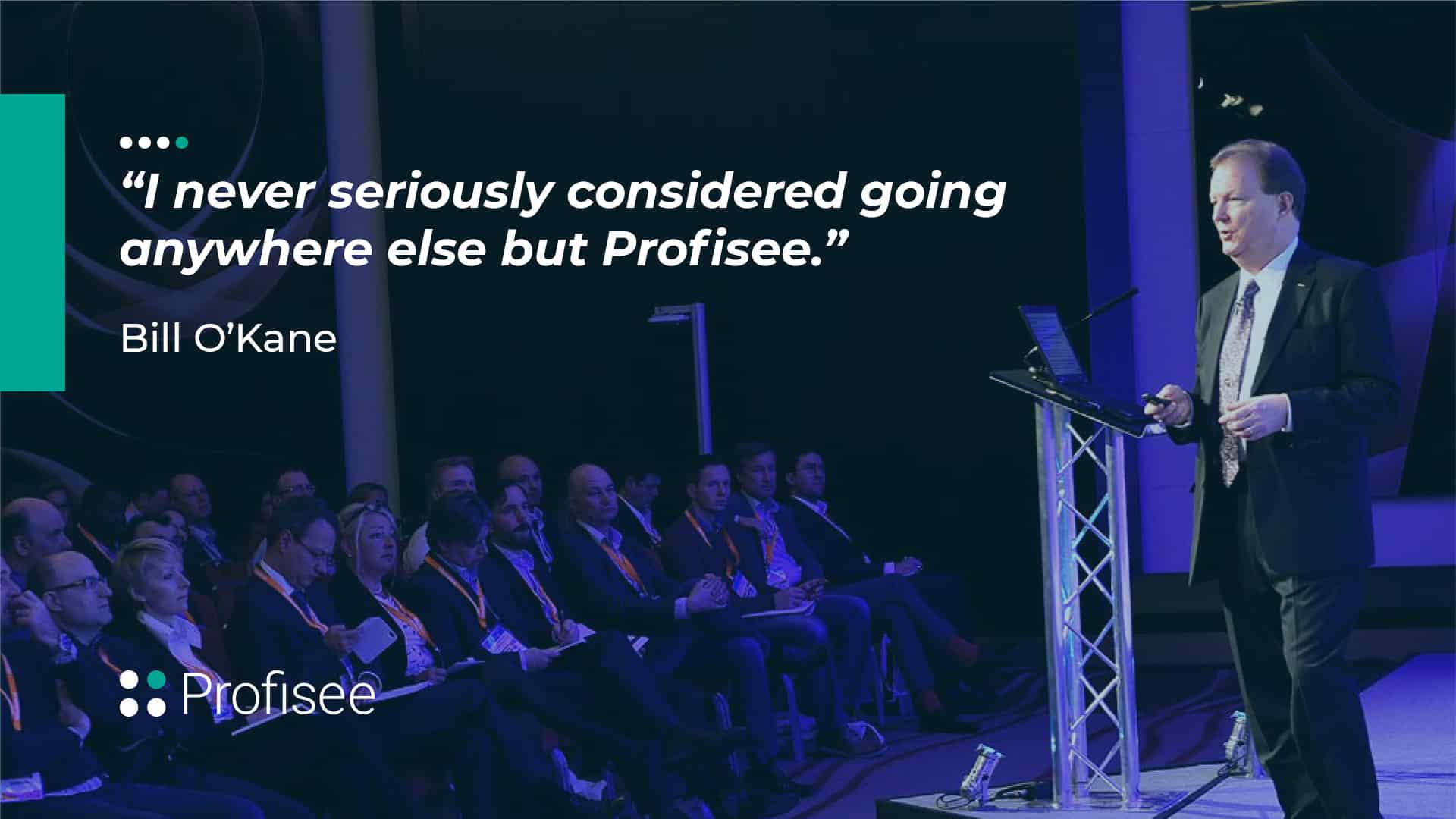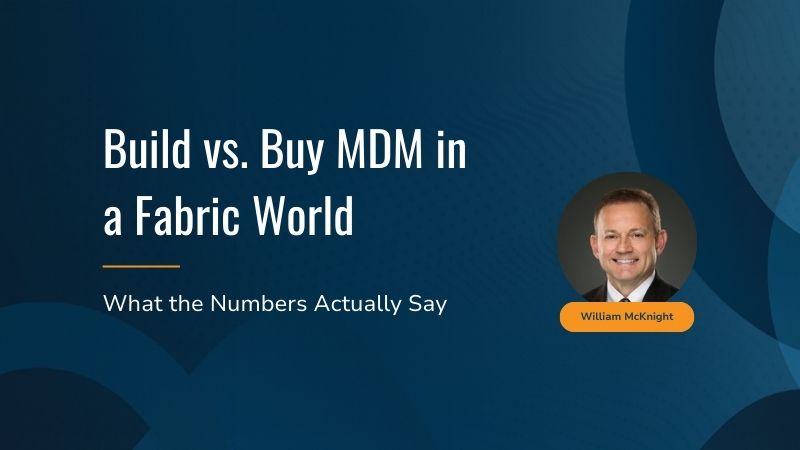I have had the privilege as an analyst over the past eight years of collaborating with literally thousands of clients to initiate and manage their master data management programs and to select the best MDM software to support them. I’ve also been honored to listen to and advise virtually every significant software vendor participating in the MDM market.
While I enjoyed just about every minute of that time, the innate difficulty in implementing MDM and then realizing its full value in end-user organizations persisted (and continues to persist) to a frustrating degree. While there has been some increase in market penetration of the available solutions (as analysts we loosely estimated that penetration at about 5% when I started in 2011 and about 10% now), the often intimidating nature of the task at hand has caused many large enterprises to avoid or give up on attempting MDM (or to declare a failure early on in the effort) while the midmarket and smaller organizations struggle even to identify its value to them. While the challenges are frequently related to organizational and infrastructure issues, vendors wielding complex portfolios of multiple MDM solutions (often depending on a specific use case and data domain) with varying degrees of integration to each other have certainly aggravated the situation.
Unfortunately, the situation described above has resulted in a couple of product and market strategies on the part of vendors understandably seeking to accelerate their growth beyond what the MDM market has historically allowed.
The first is being employed by those MDM vendors whose main business is selling business applications such as ERP or CRM, and would be described by firms like Gartner as Application Data Management (ADM). ADM seeks to treat these vendors’ business apps as “masters” to some degree and can be effective within that scope. However, very few organizations have a data footprint limited to the app(s) in question, and most of the others eventually discover that they still require the more open application-agnostic approach of “classic MDM” in addition to (or instead of) ADM to achieve their full potential with data and analytics. Even when ADM proves to be sufficient from the standpoint of maintaining data quality within its limited scope, end-users often encounter difficulties in integrating that data with other systems and databases, particularly if it is stored in public cloud environments.
The second vendor strategy has taken place within those MDM vendors that do not rely on business applications for revenue, and took shape after a couple years of (certainly understandable) unsuccessful attempts to develop “lighter” versions of their MDM capabilities. This approach involves packaging added capabilities adjacent to MDM (such as data catalogs and governance, data profiling, data preparation and others) as new products to further market penetration. While these capabilities are certainly beneficial to client organizations as they become more mature in terms of data management, they have had the unintended effect of confusing the vast majority of less mature buyers that I’ve spoken to that have not yet grappled with the foundational issues that MDM alone addresses.
As the situations above were reaching critical mass at the time my colleagues were conducting our usual vendor briefings from the MDM vendors in mid-2017, only one vendor articulated its recognition of the issue of market penetration of and net value realization from commercial MDM solutions in light of the developments described above, and that vendor was (and is) Profisee. Having just concluded a round of funding from an uncommonly pragmatic private equity firm, the Profisee team succinctly described what they called “the 90% problem” and their plans to address this underserved majority.
On their way to formulating this strategy, they had also organically created the potential to deploy the “MDM light” solution that has evaded the larger vendors for so long, while simultaneously providing enterprise-class MDM capabilities with the same platform at one of the lowest price points surveyed. When Profisee reported on the enhancements contained in its V7 platform in 2018 (including the removal of its dependencies on Microsoft Master Data Services), and fielded a substantial set of satisfied client references across many data domains, industries, and even organization size as defined by revenue, my impressions of both the team and product were solidified.
When I made the difficult decision this year to bring my time as an analyst to a close, I never seriously considered going anywhere else but Profisee.
While I’m only two weeks into my new role, I’m ecstatic to report that everything I’ve seen while spending last week with the internal team and this week with clients has substantially exceeded my expectations.
I can’t wait to deliver the message to the 90% of the market that still needs MDM (and even some of the 10% that have done it) that Profisee does indeed provide a “Fast, Affordable, and Scalable” MDM solution that among other benefits can free up time, funding, and resources to concentrate on those aspects of MDM outside of the software that we all know are so challenging, but that’s not the entire story.
Don’t confuse ease of implementation and use with less than full-scale capabilities.
Profisee offers an enterprise-class MDM solution that can be deployed on-premises or in any of the popular cloud environments (the latter in a true Platform as a Service or PaaS configuration), as well as a series of pricing models that is unique within the MDM market, a video-based instructional facility (Profisee Academy) that enables both clients and partners to hit the ground running, and a framework to identify the business value of MDM that is second to none.
Looking forward to seeing everyone soon!

VP & MDM Strategist @ Profisee

Bill O'Kane
A former Gartner analyst, Bill O'Kane was the VP & MDM Strategist at Profisee.











